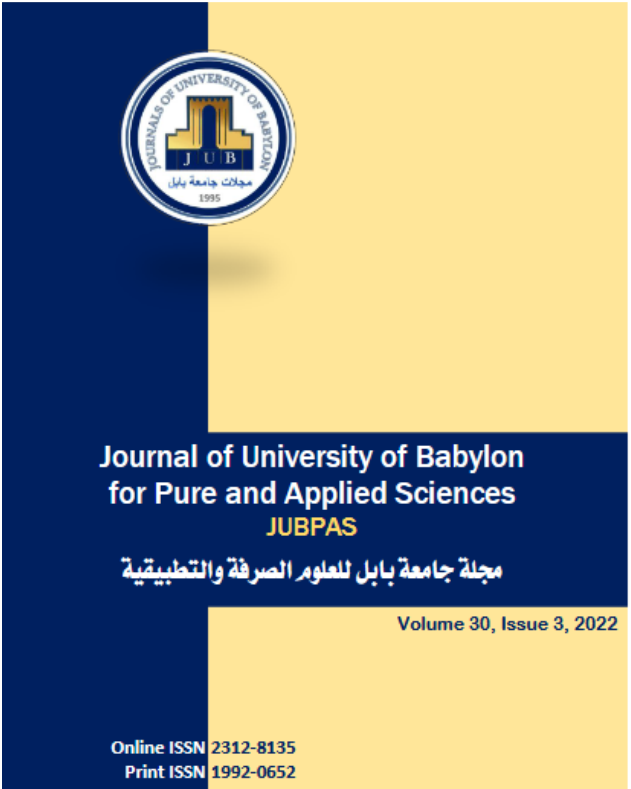Classifying Three Stages of Cataract Disease using CNN
Main Article Content
Abstract
Among the many diseases that affect the retina, a cataract. It is one of the most serious pharmacological public health issues in developing nations, it can develop without causing any symptoms. It is one of the prime reasons for blindness or blurred vision for senior citizens. Therefore, accurate and early detection of cataracts depending on the severity of the condition is required to preserve vision and prevent the global increase in blindness caused by cataracts. As with most of the diseases related to the eyes, treatments, and early diagnosis have been shown to prevent visual loss and blindness. Compared with the manual diagnostic methods, automated retinal analysis systems help save patients' time, vision and cost. Artificial intelligence-based cataract detection methods have gained a lot of attention in the scientific community. This research produces an efficient and robust method for the automatic diagnosis of cataract by using Convolution Neural Network (CNN) for detection and classification cataract grading automatically in fundus images. It used Adam optimizer and (ODIR) dataset to train the model. The suggested method beats state-of-the-art cataract detection systems with an average accuracy of 100 % for two classes (Normal, Cataract) ,96.9% for four classes (Normal, Mild, Moderate, Sever) according to experimental results.
Materials and Methods:
Used Convolution Neural Network for detection and classification cataract grading automatically in fundus images.
Results:
The suggested method beats state-of-the-art cataract detection systems with an average accuracy of 100 %
for two classes (Normal, Cataract) ,96.9% for four classes (Normal, Mild, Moderate, Sever) according to experimental results.
Conclusion:
The proposed network looked at different layers, activation functions, loss functions, and optimization algorithms in order to reduce computing costs while maintaining model accuracy. The proposed system used multi-image augmentation methods, then implemented the system on these augmented images to decrease the issue of overfitting and to improve the efficiency of the suggested system, as best accuracy obtained for classification 96.9 percent was get for fundus images which augmented of ODIR dataset, but only 94 percent when the system was applied to the original fundus images. When compared to other similar works, this system performed admirably. Because this approach was extremely cost- effective, accurate, and ophthalmologists, time-efficient were able to detect cataract more quickly and accuracy with fewer parameters and less computer power. In retinal fundus images, the suggested approach is able to detect cataract phases. The detection of cataract stages (mild, moderate, and severe) will be done by the DCNNs system.
Article Details
Issue
Section

This work is licensed under a Creative Commons Attribution 4.0 International License.
